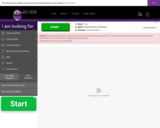
Learners test their knowledge of the high risk newborn in this interactive game.
- Subject:
- Health and Medical Science
- Nursing
- Date Added:
- 10/15/2010
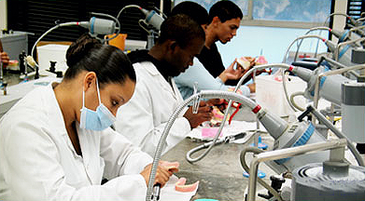

Learners test their knowledge of the high risk newborn in this interactive game.
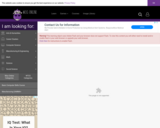
In this interactive object, learners use their knowledge of postpartum theory and the nursing process to complete a plan of care. The student's plan may be e-mailed to the instructor.
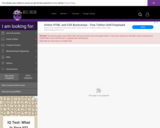
In this animated and interactive object, learners conduct an experiment online to illustrate how a greater number of particles in a "vessel" increases osmotic pressure.
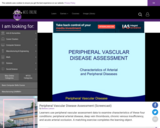
Learners use peripheral vascular assessment data to examine characteristics of these four conditions: peripheral arterial disease, deep vein thrombosis, chronic venous insufficiency, and acute arterial occlusion. A matching exercise completes the learning object.

In this interactive and animated object, learners examine the action of insulin and other antidiabetic medications. In a drag-and-drop exercise, learners match oral agents with the action they perform. In a separate activity, learners answer questions about the onset of action for different types of insulin.
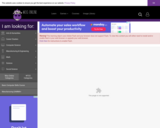
In this interactive object, learners select the correct description of a child in the five stages of development in the following categories: pattern of growth, vital signs, organ development, vision and hearing, and developmental stage.
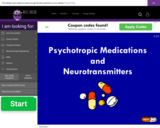
In this animated object, learners examine how psychotropic medications act on neurotransmitter systems to achieve their desired effect.
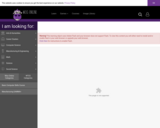
Learners examine the phases and characteristics of the reality shock experienced by nurses. They also identify strategies to deal with reality shock and with the transition from student nurse to registered nurse.
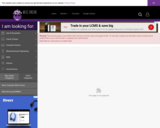
In this interactive object, learners assess an accident victim's changing condition and suggest actions that the nurse would take in response to vital signs and lab results regarding the function of Ms. Cindy's kidneys.
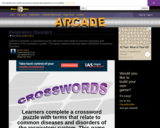
Learners complete a crossword puzzle with terms that relate to common diseases and disorders of the respiratory system. Immediate feedback is provided. Learners have the option to send an e-mail to their instructors notifying them that the learning object has been completed.
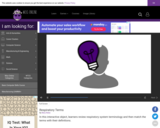
In this interactive object, learners review respiratory system terminology and then match the terms with their definitions in a drag-and-drop exercise.
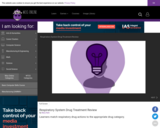
Learners match respiratory drug actions to the appropriate drug category.

Learners click on the root word of a medical term in the left-hand column and drag it to its definition in the right-hand column. There is a time limit, so students will need to train themselves to recognize these root words quickly. Students may repeat the activity as often as they wish. A total of 74 terms are given in random order.

In this animated activity, students read about the stages of microbial dental plaque formation and the time it takes for each stage to occur.
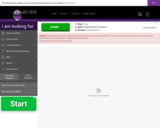
In this interactive object, learners read the characteristics of each stage of labor and delivery. They then identify the stages in a multiple-choice assessment.

In this animated object, learners examine what anxiety is, how it affects people, and ways to manage it.
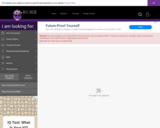
In this animated object, learners pop balloons to see the medical term for a color or condition.

In this animated activity, learners examine the components of the dental x-ray tube and how dental x-rays are generated.
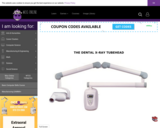
Learners examine the components of the x-ray tubehead, a sealed, heavy metal housing that contains the x-ray tube that produces dental x-rays. This object is designed to help students understand the functions and safety features of the tubehead.
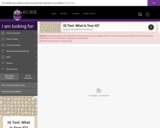
Learners answer questions from a game board with the headings "Pituitary," "Thyroid," and "Adrenal." Up to three people can play at one time. Contestants "buzz in" their answers to accumulate points.